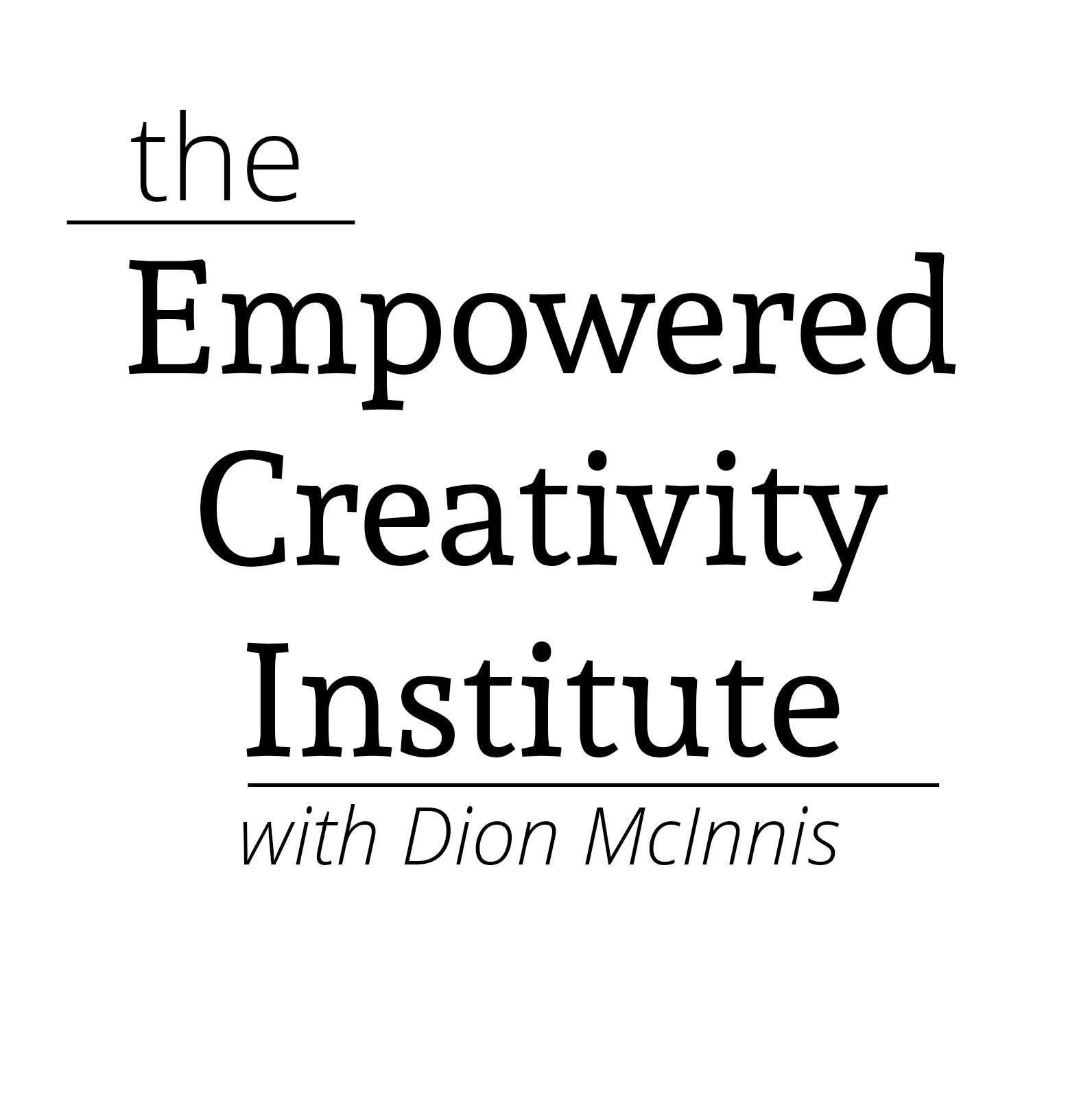Larry told me about the goal-setting experience he had while on the beach. He had just turned 40 and was conducting a bit of soul-searching and self-reflection when several important goals came to mind. He repeated the same process for several days. There were important lessons on goal-setting revealed in his story, including where to put your goals once you have articulated them.
- Where to put them. Strategic plans, goals and objectives should not be placed in binders that reside on shelves to never be opened again. Everyone has heard that before, and I suspect everyone has worked in organizations that practiced that model. Some organizations place their goals on stone tablets, making change, adaptation and portability a problem. Larry wrote his in the sand. To be fair, he wrote them there because he had nothing else onto which to scribe his thoughts and plans. The beauty of the metaphor is profound. Not only will our plans be washed away in time and by forces over which we have no control, but each change of life’s tides gives us new opportunity to think and contemplate over what matters. I don’t recommend writing your goals in invisible ink or in the sand but quit thinking that they should be in stone (or in immoveable binders), too.
- The process is iterative. Establishing, focusing on and achieving goals requires the ability to tack to the winds, to adjust according to the conditions and progress made. And conditions change regularly. Artificial goal review periods (quarterly, annually, etc.) ignore the reality of how fast changing conditions appear, and how often they pass without influencing plans. The process of setting goals is iterative. Always.
- Look to your soul. Whether you choose to consider this element as spiritual, religious or secular is up to you, but your plans (personal, professional or organizational) are rooted in the soul of a person (you), others or the many that comprise an organization. To ignore the soulfulness of work and effort that relates to goals is to ignore the humanity of progress, change and adaptation.
- Consider your Self. Do your goals reflect your values, sense of purpose, gifts and abilities, sources of joy, etc.? Learn more about finding out the root and fruit of your Self with LIFElines: Empowering All Aspects of Your Life.
- The answer is in the reflection. The ability to accomplish your goals ultimately rests on the person reflected in the mirror. Look at the backgrounds and beginnings of many of the greatest minds and talents the world has known. They chose to use their situations to spur achievement, not block it. (This would be a good time to read more about DaVinci’s life, and his characteristics and behaviors as a child.) As I state in one of my presentations, the answer to effecting change in your life, outcomes, etc. is to 1. Go where the action is, 2. Play your heart out and 3. Do no harm. Those are all up to you.
Set bold goals. Profound goals. Nuanced goals. Quiet goals. Let them be shaped by the tides of life.
